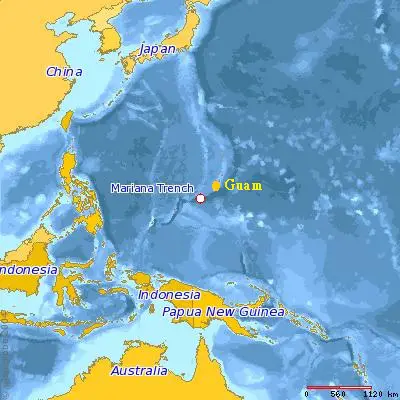ZEEDS, or Zero Emission Energy Distribution at Sea, is a great concept that makes use of wind and solar power for the production of hydrogen, ammonia or liquid biogas at sea, with production and bunkering being situated along The Northern European Shipping Highway. Equinor, Kværner, Aker Solutions, Grieg Star, DFDS and Wärtsila are the partners.
The main concept is a system of offshore hubs that is going to produce, store and distribute clean fuels to ships. The hubs are made in shallow areas and potentially semi submersible floaters in deep water as structures that based on gravity.
For the production of topside fuel, clean energy will be supplied by about 75 wind turbines each hub. Fuel for one vessel can be produced by one 12MW which means that fuel that can be supplied to 65 vessels each day can be produced by one hub.
“Our goal is a faster route to zero-emission shipping, but the goal has to be met with 100 percent renewable energy,” says ZEEDS project spokesperson Cato Esperø. The aim is to get over the difference between the current situation and the future requirements on the basis of the 17 UN sustainable development goals.
“Imagine a network of clean energy hubs placed near the world’s busiest shipping lanes, capable of supplying and distributing clean fuels to the global fleet,” Esperø says. “It sounds ambitious, but if we are truly serious about managing climate change, we need big ideas and bold action.”
Combining competence
A multi-faceted project like this one needs what Esperø refers to as “composite competence”. “We knew we needed energy, engineering and construction players, coupled with power suppliers, and global and Nordic shipping. What all the different project partners have in common is a sustainable perspective.”
He mentioned that it’s not necessary that the partners are competitors, but in some contexts they may be. “This is one of those situations where we can compete and cooperate as needed. We have a common challenge, and we need to agree on a common goal. Once that is done, all parties have to share what they can to achieve the goal.”
Major part of the workflow has been defined in the project however, the partners will also work on their own initiatives. “And along the way we will of course redefine and recalibrate assignments,” Esperø confirms.
ZEEDS: why and how?
“Public opinion and regulations have built up the argument for alternative solutions,” Esperø says, but he believes that the present clean shipping concept does not have a fuel that is suitable and can thus be realized. “We believe that by addressing the supply, storage and distribution chain, we can accelerate the switch to cleaner shipping fuels.”
The idea of placement of hub installations near shipping lanes has its own challenges, Esperø pointed out. “We identified hubs in strategic locations, presented the concept, and asked the question: Is this feasible?” He said that the solution must be such that it is scalable and flexible for being applicable all around the world. The project wants to use the present technology but in a new way by including the other development goals for the chosen technologies.
The right fuel in the right place
“The industry has not yet decided which is the right fuel,” Esperø points out, “so we had to land on one. We started with hydrogen, but ammonia is a hydrogen product, and arguably easier to work with, with a higher energy density than hydrogen.”
The present focus of ZEED is for green ammonia as an easily available fuel with zero emission so that it can be used on the currently available vessels that are powered by LNG without a lot of changes, the concept is classified as “fuel agnostic”, which has the probability of comprising fuels like hydrogen or liquid biogas.
To keep the fuel as liquid, ammonia will have to be either stored on the installations or in seabed tanks by making use of water pressure. Ship-to-ship bunkering at sea will be used for the distribution thereby, reducing the operational downtime and eliminating congestion at ports. Automatic units dubbed Energy Providing Vessels (EPVs) will be used for bunkering which are fueled by their own cargo and with a range of 50 nautical miles around the mother hubs.
Fueling a breakthrough
“The ZEEDS concept would require a new type of infrastructure and a new supply model, and this kind of renewal requires a realistic incentives program. Then the question becomes, should we use the carrot or the stick? Should society or business act as the driver? In any case, we need incentives to get started.”
He underscores that collaboration is the key. “Together, we can awaken the public to the new possibilities. The spirit of the project must be generous, open, and trusting, but we must also have sufficient drive and progress. We have to be both high-energy and high-level in order to make it work.”
Reference: abb
from WordPress https://www.maritimemanual.com/abb-showcases-floating-filling-station-bunkering-zero-emission-fuel-sea/

No comments:
Post a Comment